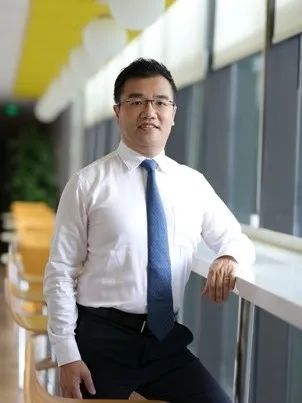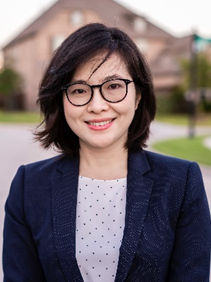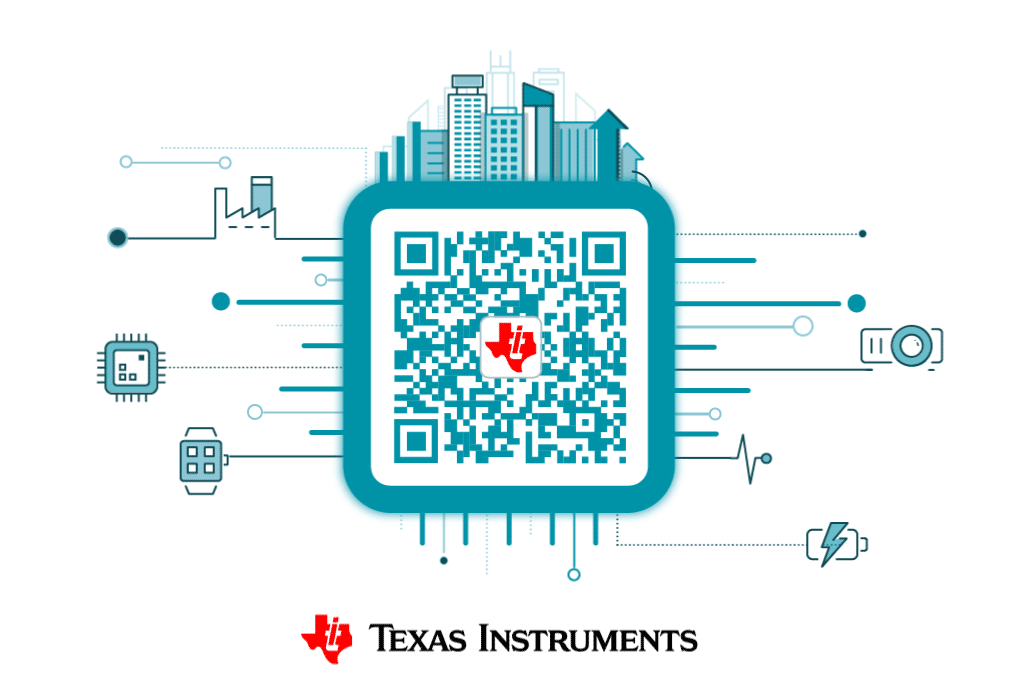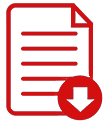Click the blue text above
Follow us!

This year marks the 40th anniversary of the Digital Signal Processor (DSP). If we were to identify a representative work of TI’s MCU, it would undoubtedly be the C2000™. As one of TI’s and the industry’s longest-standing MCU product lines, it has a history of 25 years, with C2000 being present in everything from high-speed trains to electric vehicles, from CNC machine tools to robotic arms, and from inverters to servers.
Over the decades of evolving Moore’s Law, changing architectures, and intense competition, the development of C2000 has certainly not been smooth sailing. However, even today, C2000 remains active in the MCU market, frequently releasing new products while continuously gaining recognition and favor from both new and old customers. What is the reason behind this?
With this question in mind, Electronic Engineering World interviewed two product line managers from Texas Instruments responsible for industrial and automotive electronics for the C2000 product line, Paul Ng and Na Kong, who elaborated on how the high real-time performance of C2000 is rejuvenating in the current rapidly evolving power and control technology landscape.

Paul Ng
C2000™ Industrial Product Line Manager
Paul Ng has over 25 years of experience in the semiconductor industry. He joined TI in 2010 and served as the Director of Business Development for TI China. He joined the C2000 division in 2020 as the C2000 Industrial Product Line Manager, responsible for its global business.
Na Kong
C2000™ Automotive Product Line Manager
Na Kong joined TI in 2011 and has worked in applications, systems, and marketing roles in TI’s analog power products and motor drive departments. She joined the C2000 division in 2020 as the C2000 Automotive Product Line Manager, responsible for its global business.

Due to the length of the interview, this article will mainly focus on the development process of TI C2000 over the past 25 years and the achievements it has made today. Below is the main text of the interview:
Q
Please briefly introduce the evolution history of C2000 over the past 25 years.
For decades, TI has been a leading company in the field of Digital Signal Processors (DSP). The C2000 product was initially part of the DSP product portfolio alongside other DSP series (such as C5000, C6000, etc.). Our first product in the 1990s was based on a 16-bit fixed-point DSP core, and since then, our products have been widely used in real-time control applications. TI invested in building a complete product line, including an upgrade to the C28 32-bit DSP core in 2005, after which many applications such as motor drive and digital power began to adopt our products. Starting in 2013, the C2000 product entered its third generation, with the process upgraded from the second generation’s 180nm to 65nm, resulting in significant improvements in performance, power consumption, and cost. Meanwhile, we also achieved further upgrades through differentiated features, such as 64-bit floating-point units, high-resolution PWM, various accelerators for performance improvement, and configurable logic blocks (CLB), which would otherwise require the addition of more expensive external devices like CPLDs or FPGAs. During this process, TI invested in hundreds of university laboratories and projects to help students learn how to use DSP in real-time control. Over the past 20 years, our university programs (especially in China) have helped cultivate a large number of talents in control theory and real-time control. We are proud to contribute to China’s position in the field of real-time control applications.
Q
What has remained unchanged in C2000 over its 25-year history? What is its core competitiveness?
Over the past 25 years, C2000 has continuously expanded our expertise in real-time control, providing excellent products, including professional support for customers in real-time application development. Our core competitiveness still lies in developing products with ultra-high real-time performance, innovative system-level reference designs suitable for target applications, advanced algorithm research, and our support for customers.
For ultra-high real-time performance products, we do not only focus on MHz or MIPS but also on overall signal chain performance, which involves capturing the analog input from sensors through high-speed ADCs, processing it in a short computation cycle, and then controlling PWM to drive power components, all while meeting the timing requirements of the application. For example, we introduced the Trigonometric Function Accelerator (TMU), which is a coprocessor feature in our C28 DSP core that can reduce the instruction cycles for SIN() and COS() without increasing MHz, which is crucial for applications like advanced motor control. We compared the signal chain performance with ARM-based products and found that our performance is better than devices running at higher MHz.
Another example is that recently, power applications have gradually shifted from using MOSFETs to SiC or GaN. The advantage of GaN is that we can support much higher switching frequencies, thus achieving overall power density performance and reducing heat dissipation requirements. Our high-resolution PWM is designed for high switching frequencies, and we have developed many different reference designs using C2000+GaN to achieve various power topologies. This helps customers address power density issues and saves development time for adopting GaN solutions in their products. We also recognize that EMI is a concern for many of our real-time applications, so we introduced our active EMI filter solution using configurable logic blocks (CLB).
With our 25 years of experience in real-time control, we are able to understand our customers’ problems and find innovative ways to solve them. This is our key capability in the real-time domain.
Q
What are the technical characteristics and advantages of the third-generation products? What are some classic cases in the market?
In fact, TI’s C2000 has become a solution for many real-time control applications, and most power designs have been analog solutions. We have been collaborating with customers to develop digital power solutions for over 20 years. Now, these digital power solutions are gradually becoming the mainstream solutions for 4G/5G base stations, computer server power supplies, DC charging piles, and many other industrial power applications. In the automotive sector, our solutions are widely used in on-board chargers (OBC) and DC/DC power supplies in new energy electric vehicles and hybrid electric vehicles (EV/HEV). In the field of motor control, automotive brands widely adopt C2000 in the traction motors of EV/HEV; in the general inverter market, computer numerical control (CNC) applications, and robotic arms, AC drives, BLDC, stepper motors, and servo motor control applications are widely used. After more than 15 years of development, our C2000 has been applied to the compressor and fan control of variable frequency air conditioning (VFAC) outdoor units, and our products hold a significant share in Energy Star HVAC products, with over 300 million C2000 units shipped in such applications, helping many households improve their lifestyles while achieving excellent energy efficiency results.
Recently, we are pleased to see policies like “carbon neutrality” or “zero emissions” being introduced. Many C2000 applications can showcase their capabilities, as C2000 has been widely used as the main controller for MPPT and arc detection in photovoltaic inverter applications; energy storage systems (ESS) will experience explosive growth alongside photovoltaic applications; charging piles remain a key infrastructure needed to support vehicle electrification; and the share of new energy vehicle applications such as traction motors, DC/DC power supplies, and on-board chargers (OBC) will continue to increase compared to traditional vehicle applications. All these applications are key applications for C2000, and we are proud to work with customers to continuously improve and enhance to meet the requirements of carbon neutrality and create a better future.
Q
Can you introduce the specific innovations of the third-generation C2000? How do they address current market pain points?
So far, our best-selling products include F28034, F28335, F2812, etc., which are all our second-generation products. When we began to launch third-generation products, we researched how to improve the overall performance of the products, including more accurate ADCs (up to 16 bits), Σ-Δ filters, our overall CPU performance (up to 925 MIPS, supporting 64-bit floating-point operations), more on-chip flash and SRAM, configurable logic blocks (CLB), functional safety hardware and software support for automotive applications, and cost-effective products covering entry-level products (F280025) to high-performance multicore devices (F28388). More importantly, we have now designed and mass-produced a relatively complete series of third-generation products as a scalable platform series. When using these third-generation products, due to the pin-to-pin strategy with compatible software and packaging, customers can easily scale from low-end products to mid/high-end products. For example, if customers have already designed using our current generation products, they can easily adopt our higher-performance or lower-cost products without changing their circuit boards.
Q
The C28X DSP can be said to be the core of C2000. In recent years, with the increasing computational demands, more and more hardware accelerators have been integrated into C2000. How does TI identify customer needs for accelerators and apply them to products?
Many times, we start with the problems faced by customers and then propose IP solutions through our products based on that. For example, we learned that customers need to run time-critical real-time applications, but at the same time, they need to perform MCU control and communication functions, which may affect the real-time part of the design. So we introduced the Control Law Accelerator (CLA) focused on real-time code, while freeing the C28 core to perform MCU control and communication functions. For example, in motor control, we know that many customers need external logic for PWM protection and encoders, so we designed configurable logic blocks (CLB) and added them to C2000, which helps customers save overall BOM costs. We will continue to understand our customers’ application problems and find innovative ways to solve them.
Stay tuned for the next part of the interview
Learn how TI C2000 will develop in the Chinese market in the future
See you next week!


“Like, comment, and save + view”, more interaction will help you receive our latest news in a timely manner!

Click “Read the original text” to learn more about TI C2000!